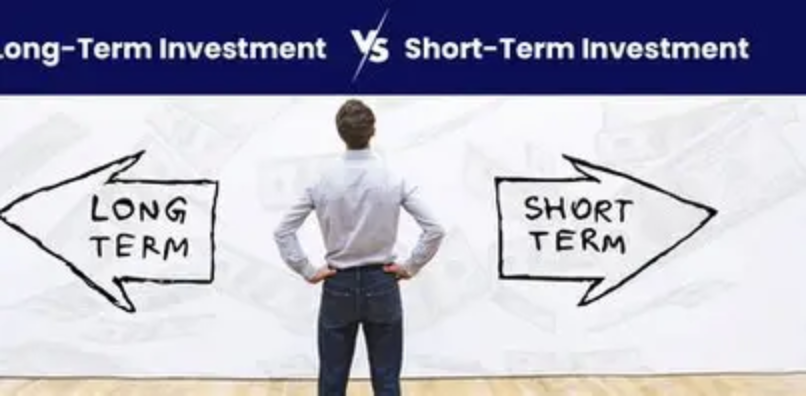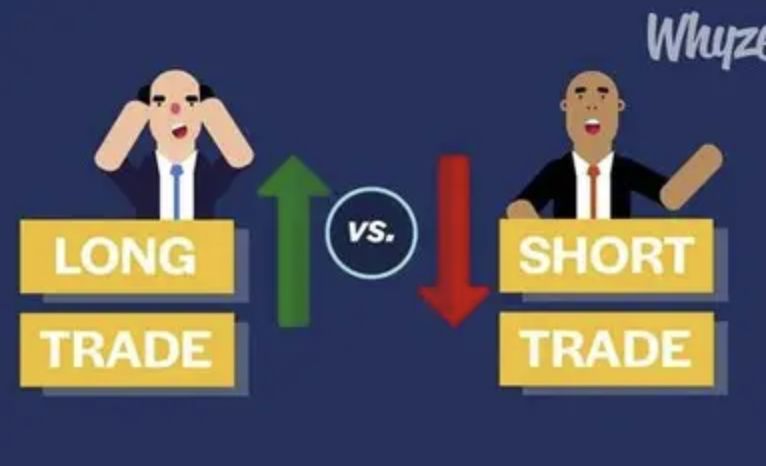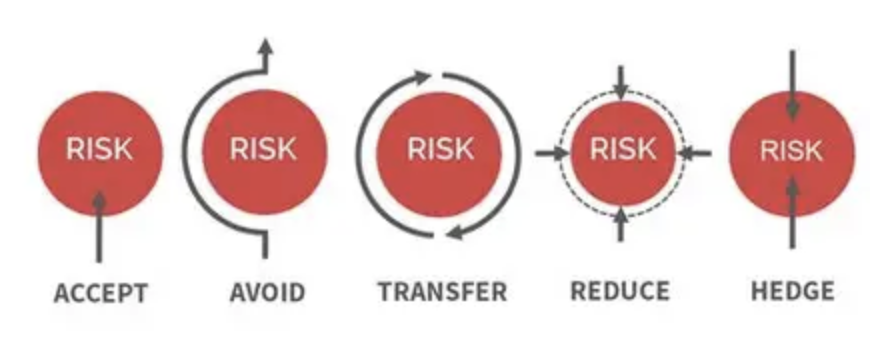Investment Style: Short-Term or Long-Term?
For affluent individuals, the choice between engaging in short-term trades and adopting a long-term investment strategy isn't simply a yes or no choice—it involves harmonizing one's methods with their financial mindset, personal aspirations, and willingness to take risks. The investors who achieve the greatest success do not strictly choose one option; rather, they develop a plan that integrates elements of both approaches, steering clear of one-size-fits-all recommendations to concentrate on what suits their specific situations.

Map Style to “Time Capital”
Your “time capital”—the hours you allocate to observe market trends—should influence your investment strategy. Engaging in short-term trading necessitates continuous alertness: monitoring news updates, evaluating price changes, and responding to fluctuations. If you manage a business or have personal commitments, excessive involvement in day trading can result in impulsive choices. In contrast, long-term investing utilizes compounding growth with little daily participation, allowing you to concentrate on other important matters while your investments increase in value.
Utilize Short-Term Trades as “Opportunity Scouts”
Rather than viewing short-term trading purely as a way to generate profits, use it to uncover long-term investments. For instance, a rapid transaction in a promising technology stock may expose significant demand for products or strong management—a cue to further investigate for a possible long-term investment. This combined strategy enables you to benefit from short-term market discrepancies while establishing a core collection of high-caliber assets with sustainability.

Investors who consume a lot often fail to recognize how long-term holdings contribute to their legacies. Select investments that resonate with what you wish to leave behind—such as renewable energy firms for an environmentally conscious descendant, or private equity in specialized sectors you are passionate about. These assets go beyond simply generating returns; they are about constructing a portfolio that embodies your principles and has a lasting effect beyond your existence.
Mitigate Short-Term Risks with “Psychological Buffers”
The primary risk of short-term trading lies in emotional exhaustion. Establish firm regulations: limit your short-term investments to 10-15% of your total portfolio, and determine exit strategies beforehand. This safeguard ensures that losses do not compromise your overall plan and prevents emotions like greed or fear from influencing your choices. For example, if a short-term trade declines by 5%, exit immediately—without second thoughts.

Harness Long-Term “Market Resilience”
Long-term investing benefits from market resilience, yet not all assets recover uniformly. Concentrate on sectors with inherent growth factors—like artificial intelligence, biotechnology, or sustainable infrastructure—that are shielded from short-term economic fluctuations. These fields may experience instability, but their long-term growth is sustained by innovation and worldwide demand, turning momentary declines into buying chances.
Devise a “Style Diversification” Strategy
The most effective tactic is to diversify styles: assign some funds to short-term trades for flexibility, a larger allocation to long-term positions for reliability, and a minor portion for speculative risks. For example, allocate 60% to blue-chip equities and private real estate (long-term), 25% to tactical short-term trades (such as commodity swings), and 15% to early-stage ventures (high risk, potential for high reward). This strategy enables you to gain from market changes while protecting your principal wealth.
Determining your investment style involves understanding yourself as much as employing strategy. By aligning your approach with your available time, objectives, and mindset—while integrating short-term flexibility with a long-term outlook—you can establish a portfolio that evolves alongside you, responds to market conditions, and satisfies both your immediate financial requirements and enduring legacy goals.
(Writer:Tommy)

